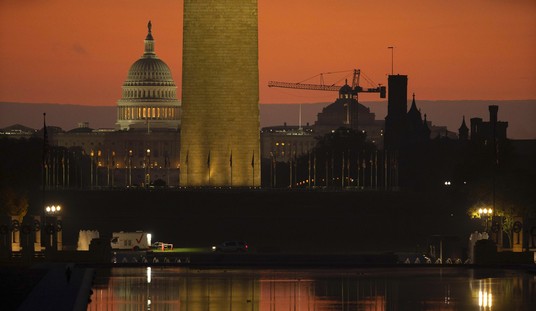The accumulating death toll from COVID-19 can be seen minute-by-minute on cable news channels. But there’s another death toll few seem to care much about: the number of poverty-related deaths being set in motion by deliberately plunging millions of Americans into poverty and despair.
In the first three weeks since governors began shutting down commerce in their states, 17 million Americans filed for unemployment, and according to one survey, one quarter of Americans have lost their jobs or watched their paychecks cut. Goldman Sachs predicts that the economy will shrink 34 percent in the second quarter, with unemployment leaping to 15 percent.
Until the COVID-19 economic shut-down, the poverty rate in the United States had dropped to its lowest in 17 years. What does that mean for public health? A 2011 Columbia University study funded by the National Institutes of Health estimated that 4.5 percent of all deaths in the United States are related to poverty. Over the last four years, 2.47 million Americans had been lifted out of that condition, meaning 7,700 fewer poverty-related deaths each year.
It’s a good bet these gains have been completely wiped out, and it’s anyone’s guess how many tens of millions of Americans will have been pushed below the poverty line as governments destroy their livelihoods. It’s also a good bet the resulting deaths won’t get the same attention.
And that doesn’t count an unknown number of Americans whose medical appointments have been postponed indefinitely while hospitals keep beds open for COVID-19 patients. How many of the 1.8 million new cancers each year in the United States will go undetected for months because routine screenings and appointments have been postponed? How many heart, kidney, liver, and pulmonary illnesses will fester while people’s lives are on hold? How many suicides or domestic homicides will occur as families watch their livelihoods evaporate before their eyes? How many drug and alcohol deaths can we expect as Americans stew in their homes under police-enforced indefinite home detention orders? How many new cases of obesity-related diabetes and heart disease will emerge as Americans are banished from outdoor recreation and instead spend their idle days within a few steps of the refrigerator?
Recommended
I have participated in many discussions among top policymakers in Congress and the Administration over the last few weeks. Such considerations are rarely raised and always ignored. Instead, policymakers fixate on epidemiological models that have already been dramatically disproven by actual data.
On March 30, Drs. Deborah Birx and Anthony Fauci gave their best-case projection that between 100,000 and 200,000 Americans will perish of COVID-19 “if we do things almost perfectly.” As appalling as their prediction seems, it is a far cry from the 200,000 to 1.7 million deaths the CDC projected in the United States just a few weeks before. And even their down-sized predictions look increasingly exaggerated as we see actual data.
Sometimes the experts are just wrong. In 2014, the CDC projected up to 1.4 million infections from African Ebola. There were 28,000.
Life is precious and every death is a tragedy. Yet last year, 38,800 Americans died in automobile accidents and no one has suggested saving all those lives by forbidding people from driving – though surely we could.
In 1957, the Asian flu pandemic killed 116,000 Americans, the equivalent of 220,000 in today’s population. The Eisenhower generation didn’t strip grocery shelves of toilet paper, confine the entire population to their homes or lay waste to the economy. They coped and got through. Today we remember Sputnik – but not the Asian flu.
It’s fair to ask how many of those lives might have been saved then by the extreme measures taken today. The fact that the COVID-19 mortality curves show little difference between the governments that have ravaged their economies and those that haven’t, suggests not many.
The medical experts who are advising us are doing their jobs – to warn us of possible dangers and what actions we can take to mitigate and manage them. The job of policymakers is to weigh those recommendations against the costs and benefits they impose. Medicine’s highest maxim offers good advice to policymakers: Primum non nocere -- first, do no harm.

























Join the conversation as a VIP Member